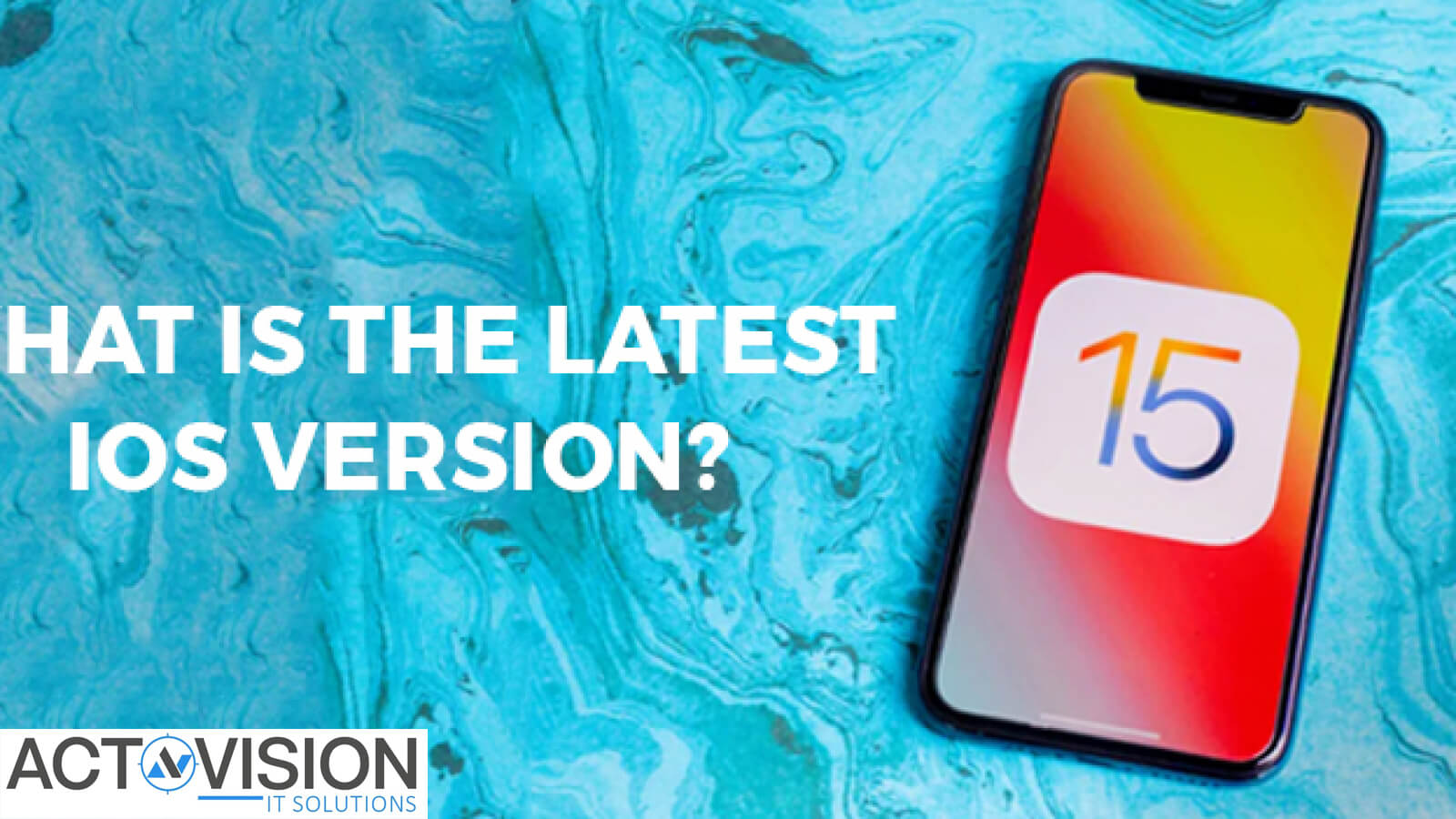iOS is Apple’s mobile operating system that powers the iPhone and iPod Touch. Until 2019, it was also the operating system used by the iPad (which we’ll discuss shortly).
In case you’re not familiar, an operating system (OS) is a type of software that’s key to a computer working because it manages all aspects of a device. It provides a platform so the device’s hardware and software can interact, plus manages the many processes that run on your computer.
On your desktop computer, you probably run the Windows, macOS, or Linux operating system. For mobile devices, Apple’s iOS and Google’s Android are the most popular.
What Does iOS Mean?
The full meaning of iOS takes a bit more explanation. When the iPhone was introduced in 2007, its operating system was originally called “iPhone OS.” Despite the name, the iPod Touch (which launched later in 2007) also ran iPhone OS.
In 2010, Apple introduced the iPad, which ran the same OS. When the fourth version of the mobile OS launched later that year, Apple decided to rebrand the operating system’s name as “iOS,” since it wasn’t just the iPhone that used it anymore.
You might also be curious where the “i” branding comes from. Apple has used this across its product line since the iMac was introduced in 1998.
At the time, Steve Jobs said that “iMac comes from the marriage of the excitement of the internet with the simplicity of Macintosh.” Apple expounded on this with a slide showing that the “i” prefix also stands for the individual, instruct, inform, and inspire.
What AboutiPadOS?
Since 2010, the iPhone, iPod Touch, and iPad have all run iOS. However, over time, Apple developed some iPad-specific features that took advantage of the larger screen. These included a dock for apps on the home screen, drag and drop support, and picture-in-picture mode.
Thus, with the release of iOS 13 in 2019, the company changed the name of the tablet operating system to iPadOS. While it’s largely the same as iOS, iPadOS was split off to create a dedicated product for the growing list of tablet-specific features. Apple also started iPadOS at version 13 to match iOS’s version.
Have a look at our introduction to iPadOS to learn how to use it.
People still use the general term “iOS devices” to refer to Apple’s mobile lineup, so when you see this, you can think of both iPhone and iPad. If you’re familiar with one OS, you’ll understand 95% of how to use the other aside from a few unique functions.
What Is the Latest iOS Version?
At the time of writing, the latest version of iOS available to the public is iOS 15. More specifically, iOS 15.4.1 was released on March 31st, 2022. There are also newer versions of Apple software available in beta if you’re interested in trying the latest updates that are rough around the edges.
If you’re not familiar with the latest release yet, check out what’s new in iOS 15 for some of the coolest new features.
When Do New iOS Versions Come Out?
Generally, Apple announces the latest version of iOS at WWDC in June of each year. Because this is geared towards developers, only beta versions are available for testing at that time.
Later in the year, Apple usually releases the newest iOS version shortly after its yearly iPhone announcement event, which is typically held during the second week of September. Once the iOS update rolls out, anyone with a compatible device can download it for free.
As a result, you can expect iOS 16 to release sometime in September 2022.
Throughout the year, Apple also releases minor revisions to iOS. These are called “point releases” because they add a decimal point to the version number (such as iOS 15.3). These usually fix bugs, patch security flaws, and may add small feature revisions.
How to Update iOS on Your iPhone
Your iPhone will prompt you to download the latest iOS updates when they become available. You can also check for updates manually anytime by visiting Settings > General > Software Update. If you already have the latest update, this page will let you know what iOS version you have installed.
See our guide to updating your iPhone for more help. To keep your iPhone secure, it’s a good idea to install the latest updates in a timely manner. Otherwise, your device could be vulnerable to security threats.
What About Older Versions of iOS?
Apple uses simple number increments to distinguish iOS releases. The larger the number, the newer the OS release.
Historically, when Apple released a new major version of iOS, it dropped support for earlier versions. However, this has changed starting with the move from iOS 14 to iOS 15. When iOS 15 launched, Apple continued to offer iOS 14 updates and made updating to iOS 15 optional for a while. The company also supported devices on iOS 12, which couldn’t upgrade to the latest version, with security updates.
While it’s great to see Apple supporting older devices with the latest iOS releases for some time, and even providing updates for older versions, eventually the company has to leave obsolete devices behind. Scroll to the bottom of Apple’s iOS info page to see what devices the latest version is compatible with.
For iOS 15, the oldest devices on the list are the iPhone 6s and 6s Plus, which were released in 2015. All devices compatible with iOS 13 could upgrade to iOS 14, which was true for upgrading iOS 14 to iOS 15 as well. We can use this to estimate how long an iPhone typically lasts.
If you have an older phone that’s stuck on iOS 12, or earlier, you should upgrade to a new device when you’re able. Apple won’t offer updates to old versions forever, so you should move to a modern device to keep your mobile life secure.
Making the Most of iOS
Now you know what iOS is when Apple distributes new versions, and how to stay updated. Like many Apple offerings, iOS is all about simplicity, so you don’t usually have to think much about what version you’re using.
If you’re new to Apple’s mobile phones, you should take the time to master iOS. Getting used to the Shortcuts app will supercharge how you interact with your device.






